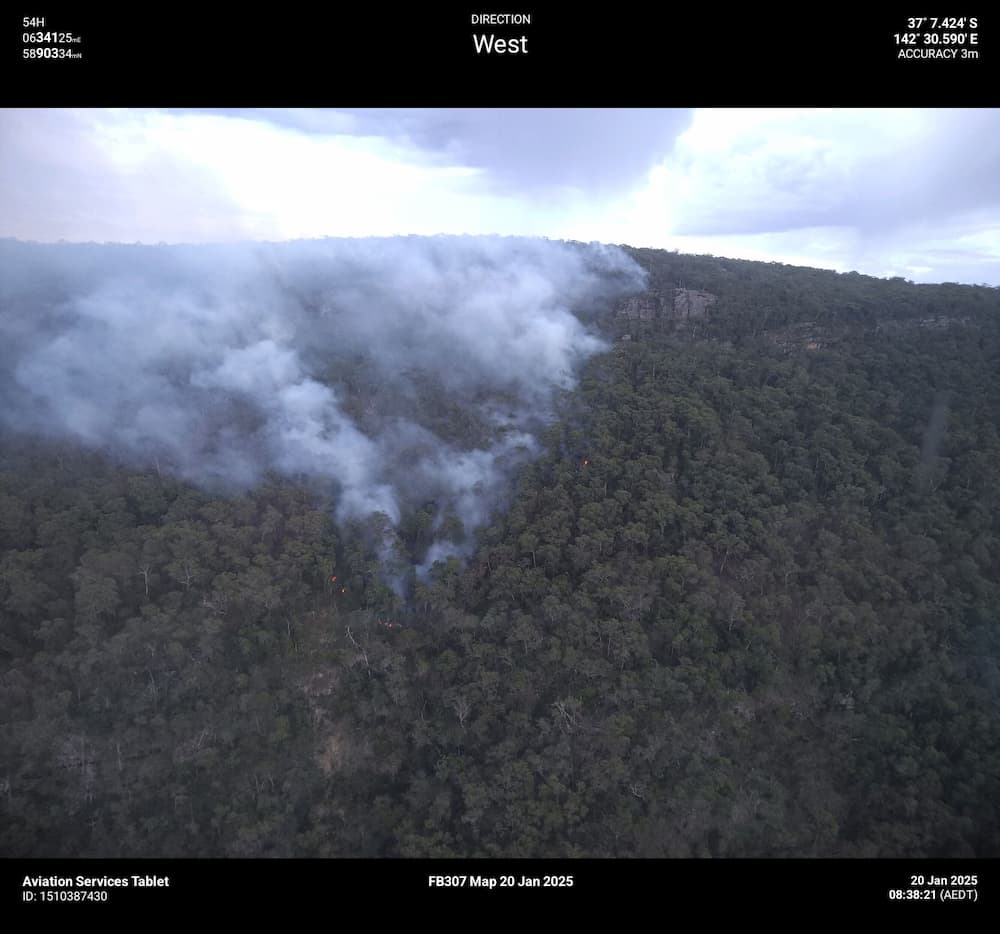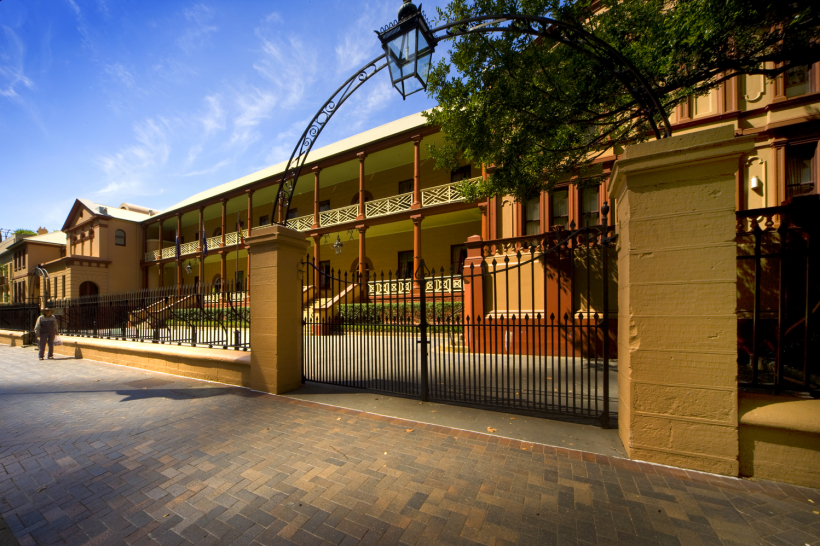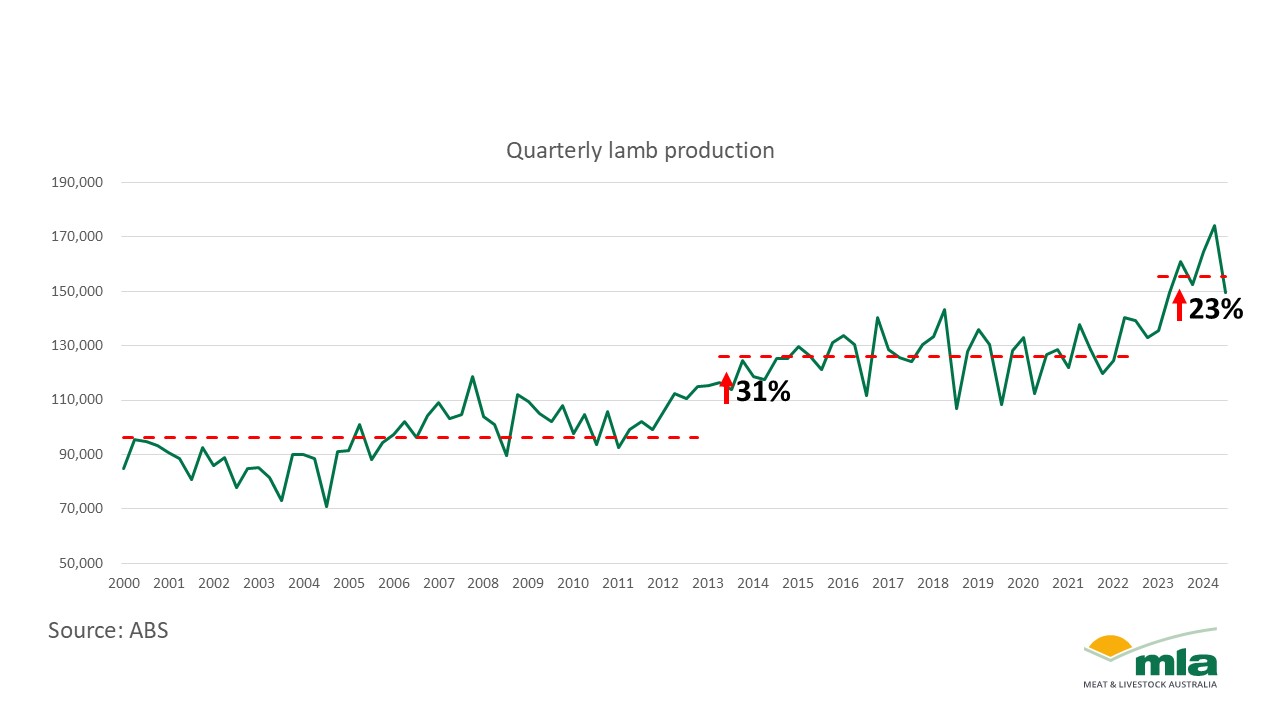ARPANSA experts have published an article in Public Health Research and Practice, a journal of the Sax Institute, that calls for more research into the use of non-ionising radiation for cosmetic purposes.
Cosmetic radiation treatments such as laser hair removal and IPL skin rejuvenation are growing in popularity, but consumers are at risk of injuries such as burns, blistering, scarring and eye damage.
‘There is currently no national approach to regulation of devices or services that use non-ionising radiation for cosmetic purposes, with the exception of the ban on solariums’ said Associate Professor Ken Karipidis, Assistant Director, Assessment and Advice at ARPANSA.
At a state level, only Tasmania, Queensland and Western Australia have regulatory controls, but even then only for certain optical cosmetic applications.
‘Despite a public perception that cosmetic radiation procedures are quick and easy, many are complex and require specific skills and experience to apply correctly,’ said Karipidis.
‘This review highlights the absence of any consistent and well-defined training requirements across all Australian jurisdictions.’
ARPANSA has published national advice for consumers and treatment providers, however more research in this space is needed to determine the overall public health impact.
ARPANSA has teamed up with Monash University to seek a to undertake research in injuries resulting from cosmetic application of non-ionising radiation. This research will help further develop the body of knowledge to better understand the health and safety impact of radiation used in cosmetic procedures.
‘Our primary concern is to protect Australians from the harmful effects of radiation. We’re working with Monash University to support a PhD candidate to further investigate the health impact of radiation used in cosmetic procedures’, said Associate Professor Karipidis.
‘Further understanding of the injury burden will assist in further policy considerations by State and Territory regulators.’







